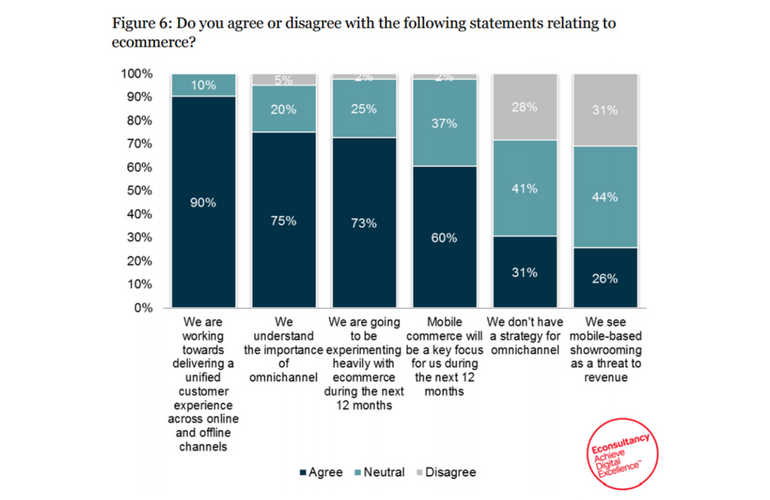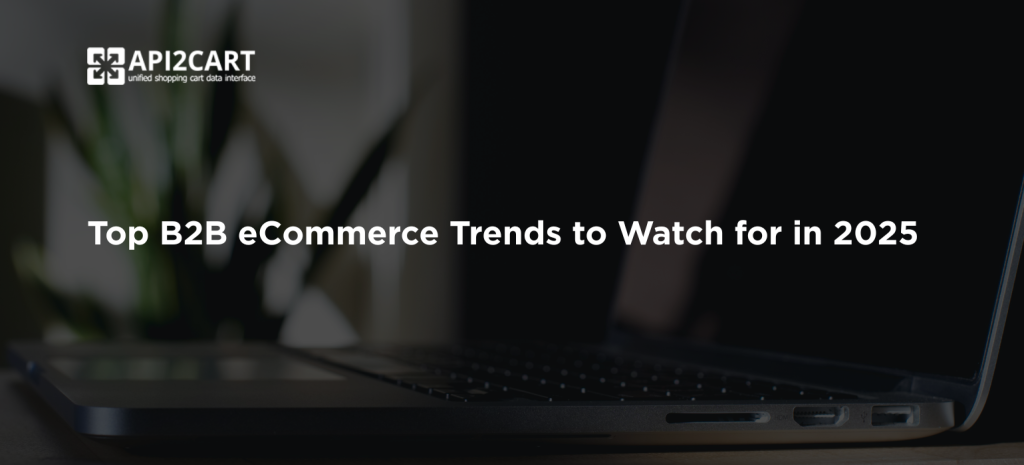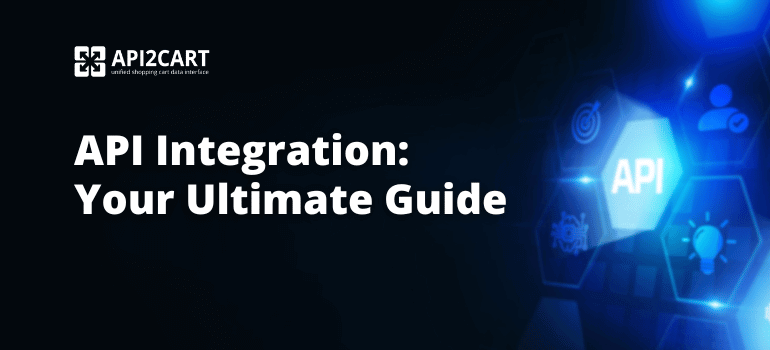
There is as much hype as the mystery around the potential of the Asian eCommerce market. One such a shady topic is, in particular, the southeastern region, which is still awaiting its moment of glory. Let’s delve into why this market is worth targeting right now, before it has turned oversaturated, and how to earn your place in the sun of Southeast Asia.
Last week we have posted the first part of our research about Southeast Asia (SEA) as undiscovered fertile soil for eCommerce. If you haven’t read it yet, follow this link. Now we’d like to continue the discussion.
Main eCommerce Trends in the SEA Region
As long as locally based entrepreneurs are nutting out how to win a larger share on the market, new trends emerge. Of course, marketing agencies keep up never missing a chance to recognize the market demand and create a forecast. So, here are the trends shaping the whole region today that they suggest:
1. Retailers strive to go omnichannel

Sellers are challenged to build smooth offline and online client experiences in the way that the appropriate brand strategies would synergize, not compete. Being immersive is a key to success as long as no shopping platform is leading. For SaaS eCommerce vendors, this creates an urgent need to learn how to integrate data within multiple shopping carts and marketplaces easily, cheap, and fast.
2. Fast delivery is even more important than low prices
Unlike for many other Asian markets, the same-day door-to-door delivery is crucial for SEA region. Because brick-n-mortar infrastructure and logistics are poorly developed there, consumers have no choice but to look for goods they urgently need online. However, since online payment methods are not regarded as reliable, people prefer to pay cash and are ready to spend more on the same-day delivery.
3. eCommerce market players choose marketing automation

According to Econsultancy, marketing automation tools were among the top priorities for almost 40% of companies in 2016. Hence, there is no wonder that this year entrepreneurs are actively implementing the last year’s intentions. The motives are obvious: marketing automation allows to reasonably optimize costs as long as doubled sales do not require doubled workforce.
4. sCommerce is thriving among the SMBs
The fact is, Facebook and the Internet are synonyms in some parts of the SEA region. 80% of digital users choose popular social media to reach sellers and around 50% share their experience online. Here is how it works: a consumer interested in buying a product connects with a retailer on Facebook, agrees to make the purchase, and then arranges for payment and delivery on a peer-to-peer basis.
Hot Industries in the SEA
All the tendencies mentioned above form a thriving ground for the SaaS eCommerce solution providers. Current market challenges like delivery issues and ubiquitous social media domination create a very specific demand. Thus, it makes sense for software enterprises to particularly focus on the following industries if they want to conquer the SEA region:
- mCommerce app development like Inspius;
- sCommerce solutions like Carousell or PocketMarket;
- multichannel commerce platforms and marketplaces: Decathlon, ChannelSquid;
- email marketing automation systems like Ematic;
- ERP software (order, inventory, warehouse, and shipping management): Singpost, SmartShip, ME-Retail, Ninjavan.
4 Things That Can Upgrade Your Service
As a conscientious entrepreneur, you must be constantly looking for ways to effectively improve your product. Here are four features that you’ve been seeking, all holding potential to take your service to the next level by aligning it more to the clients’ needs:
1. Advanced usability
They say, “you’ll never get a chance to make a first impression”. Whether you like it or not, an attractive and user-friendly interface should become the number one priority on your to-do list unless you have already worked it out. Not only will it make using your software intuitive and more enjoyable, but it will also make it easier for your clients to solve their problems with the help of your service without creating the new ones.
2. Simple integration with multiple shopping carts
Once e-retailers start using your service, they want the data to be transferred and updated at all the platforms automatically. The problem is that their stores can be built at any shopping cart or marketplace. As long as there are no market leaders like Alibaba in China or Amazon in the U.S., it is not enough to automate integrations with only a couple of platforms. You need to be able to integrate with APIs of as many shopping carts as possible.
One way to integrate with shopping carts and marketplaces is to accomplish this process by yourself. Although you will eventually align the needed number of integrations to your specific needs (in case your company is huge and offers a very peculiar product), you’ll also find the process takes a long while thanks to being overcomplicated. It requires not only hiring developers possessing expertise in eCommerce integrations but also hard time and money investments since you’ll need to maintain multiple connections on a constant basis.
In case you’d like to focus on improving your core product instead of building never-ending multiple API connections, your best choice would be to use a third-party integration solution for SaaS eCommerce platforms. If you happen to be looking for such a service, we’d suggest trying API2Cart. It is a unified API that allows integrating with over 40 shopping carts and marketplaces in one go.
3. Webhooks support
While APIs are a perfect solution to many of your headaches, I cannot miss webhooks. They make it possible to always stay tuned with the events happening in the client’s store (e.g. new product added or order placed) and send your customers real-time notifications. Again, you can use API2Cart for this.
4. In-depth performance analytics
The last features that I’d like to mention are detailed correct statistics and performance reports. Numbers never lie and they always carry information revealing the big picture.
Your clients will say thank you for providing them with relevant up-to-date operational stats that can improve their performance if interpreted properly. It would be even better if you could help them with it by offering relevant tools.
Conclusion
The SEA region is hiding a tremendous market potential for eCommerce software suppliers. Holding many unique yet unexpected peculiarities like overwhelming love to mobile devices and social media, it is definitely worth discovering. If you follow the trends, integrate with various sales channels, and add specific features, your product will easily boost and conquer the market. Keep in mind that API2Cart can help you significantly with that.
So, is conquering SEA on your to-do list? Which practices are you using to win the market? Leave your comments below.



